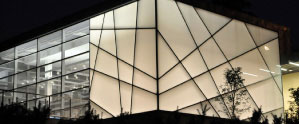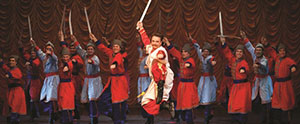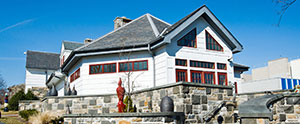Facilities
- Engineering physics lab
- Radiation physics lab
- Computer room for Black hole computational research
- CubeSat nanosatellite project
- Observational astrophysics and cosmic ray lab
- 16" Cassegrain telescope
“This material is based upon work supported by the National Science Foundation under Grant No. 0754673.”
“Any opinions, findings, and conclusions or recommendations expressed in this material are those of the author(s) and do not necessarily reflect the views of the National Science Foundation.”
Faculty Research in Physics
Dr. R. Armendariz: Cosmic Ray Lab
Assistant Professor Armendariz's research is in particle physics, astrophysics, and electronic detector technology. Students in the group are designing an educational array of cosmic ray detectors consisting of fluorescent plastic scintillator, photomultiplier tubes, and data acquisition electronics; through collaborative efforts select students conduct research at the Brookhaven National Laboratory. Assistant Professor Armendariz manages the QCC QuarkNet Center's educational outreach program with high school physics teachers.
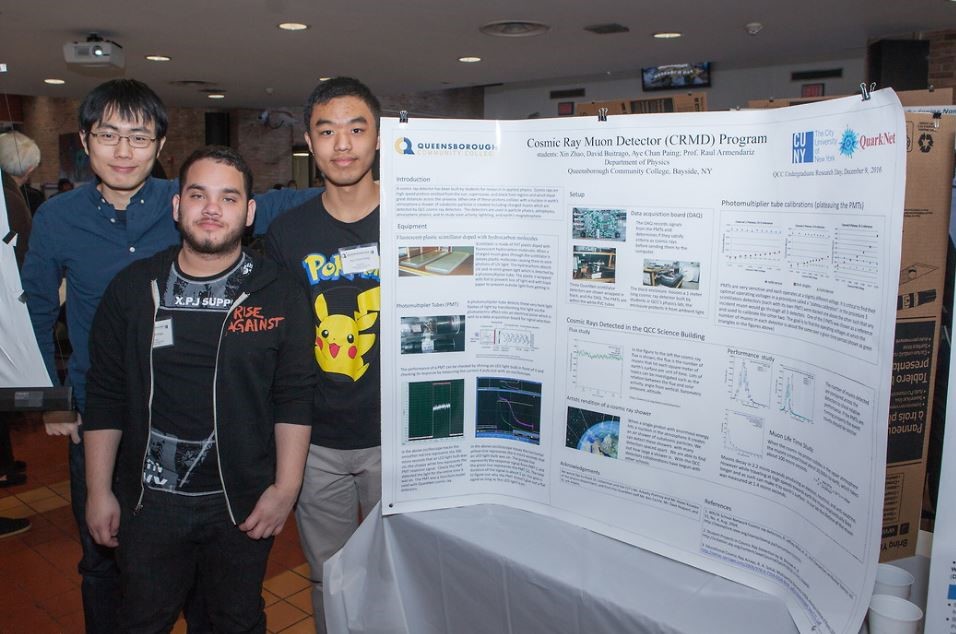
Dr. J. Bellovary: Origins of Black Holes
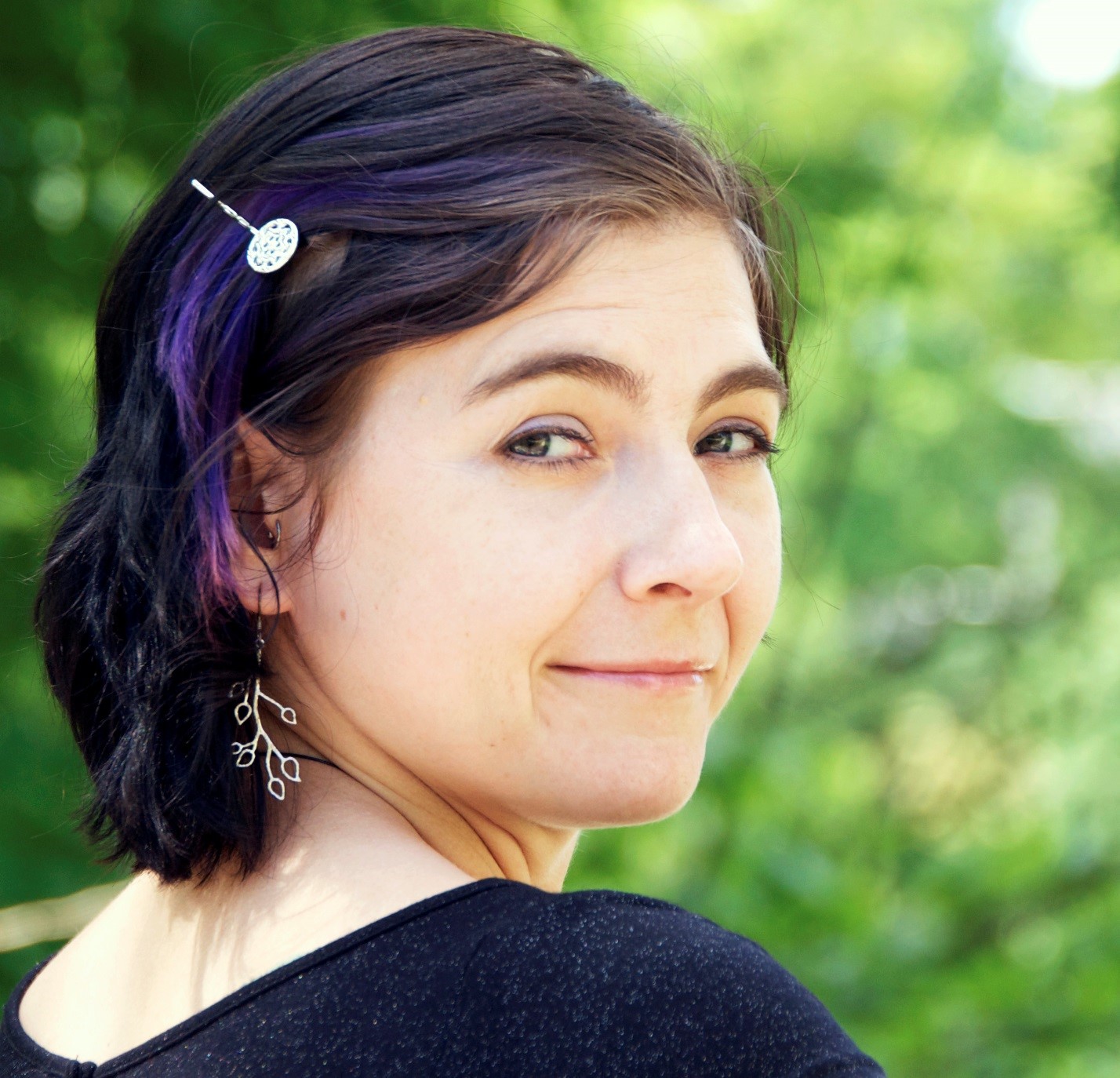
Dr. Jillian Bellovary is a physics professor at QCC who studies black holes. She is most interested in intermediate-mass black holes, which have masses between the regular and supermassive kinds. We're not sure they exist, so she studies them using computer simulations. Professor Bellovary examines how they might form and evolve, and how they interact with their environments. She predicts that we can find them in dwarf galaxies, or wandering in the halos of larger galaxies. She also thinks they could form in the environments of supermassive black holes. Professor Bellovary is also interested in detecting the gravitational waves that are emitted when black holes merge. Her goal is to make a lot of predictions, so that when the next generation of gravitational wave detectors comes online, some of her predictions might actually turn out to be correct.
Get paid to research black holes!
Supermassive black holes are some of the heaviest, densest objects in the universe! They are usually found at the centers of massive galaxies. But, we don't understand how they got there! When did they form? How do they get to be so big?
Professor Jillian Bellovary is trying to answer these questions using computer simulations. She uses a program called ChaNGa, which combines the laws of physics and with the ways we think the universe works, to create groups of simulated galaxies. In these galaxies, baby supermassive black holes form. She studies how these black holes form, grow, merge with each other, and affect their surroundings. You can help!
This project will make important predictions for a gravitational wave detector that is being designed and built right now. It's called LISA, the Laser Interferometer Space Antenna. Professor Bellovary hopes that she and her students can predict what LISA will detect, which will help us understand how cosmic structure is built at the very beginning of the universe.
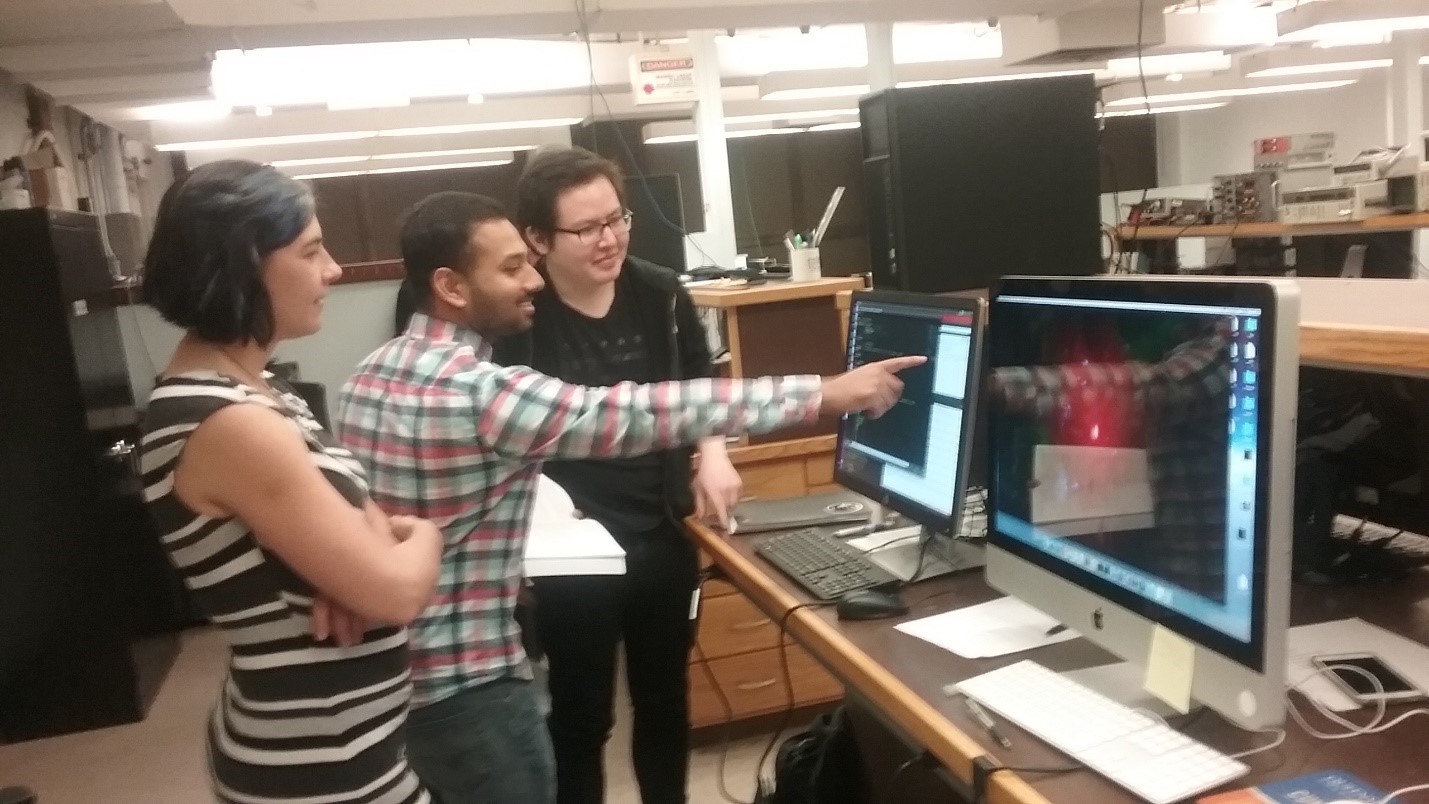
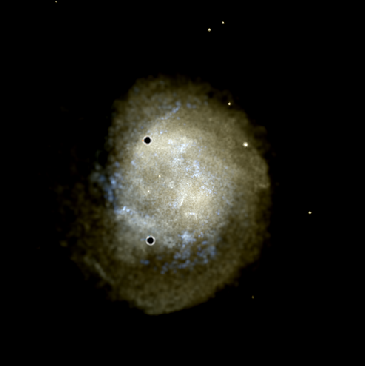
Unveiling Massive Black Holes in Cosmological Simulation
Professor Bellovary's research group uses state of the art cosmological simulations to study how massive black holes form and evolve. These simulations incorporate the full details of galaxy formation, including star formation, supernova explosions, gas heating and cooling, and black hole formation and growth. In particular, the group is interested in studying massive black holes in dwarf galaxies, which have recently been detected in the nearby universe. These most massive black holes in the tiniest galaxies possess many mysteries. By using a simulation that spans the history of the universe, Professor Bellovary's group focuses on the formation and subsequent evolution of massive black holes in both satellite and isolated dwarf galaxies.
Dr. M. Chantale Damas: QCC Space Weather Research and Education Program
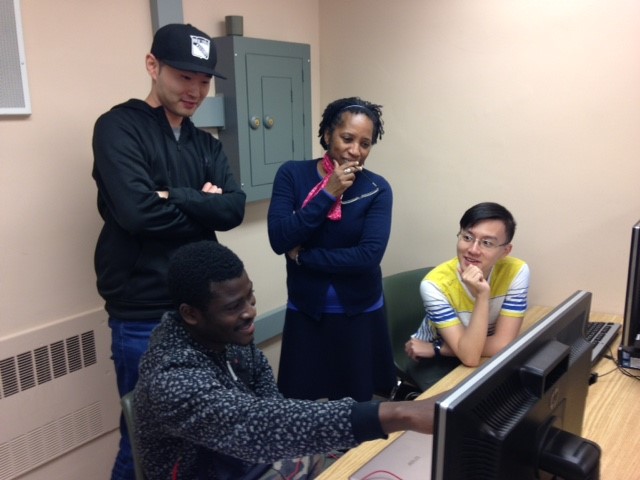
Program Director: Dr. M. Chantale Damas
Email: mdamas@qcc.cuny.edu
Location: Physics Department, Room S-343
Telephone: 718-281-5422
The Queensborough Community College (QCC) has partnered with the NASA Goddard Space Flight Center (GSFC) and the City College of New York (CCNY) to design and implement a high impact practice integrated research and education program in solar, geospace and atmospheric physics under the umbrella discipline of space weather. The program is aimed at both enhancing the STEM experience of community college students, and increase the participation of groups historically under-represented in STEM fields. Students are engaged in a year-long research experience with two components: 1) during the academic year, students are enrolled in a course-based introductory research (CURE) where they conduct research on real-world problems; and 2) during the summer, students are placed in research internships at NASA, CCNY and other partner institutions. Through a strong collaboration with partner institutions, the project will train and retain women and underrepresented community college students in STEM fields.
Eligibility
All students as early as their first semester can participate. Students must commit to being part of the program for one full academic year plus the summer. Only US citizen and permanent residents can receive stipends. Women and underrepresented minorities are especially encouraged.
Support
For participation in the program, students will receive a $5,000 stipemd in the summer. The pogram provides travel awards to students to attend national science conferences to present their work.
This program is mainly supported by the National Science Foundation Geosciences Directorate under NSF Award Number DES-1446704, and the NASA MUREP Community College Curriculum Improvement (MC3I) under NASA Award Number NNX15AV96A. This program is partially supported by NSF award AGS-1359293 REU; QCC US Department of Education Queensborough MSEIP (P120A140057); CUNY Research Scholars
Dr. S. Dehipawala: Material Science Research
Principal Investigator: Sunil Dehipawala
We investigate properties such as electronic, optical, magnetic, and structural properties of materials. The macroscopic properties of materials depend on microscopic properties of atoms and molecules. For example charge state of metals and near neighbor bond length & type of neighboring atoms determine majority of properties of metal compounds. Recently synthesis and characterization of nano particles became very hot field in the research. We conduct research on synthesis and characterization of nano particles such as iron, cobolt, and palladium. We used simple synthesis techniques such as sol-gel method, spin coating or vapor deposition. In addition to we conduct research to learn pathways and conditions of arsenic absorption by plants. We use several different techniques such as UV_Vis-Near IR absorption, Mossbauer Spectroscopy, Atomic Force Microscopy, Transmission Electron Microscopy and X ray absorption to characterize samples. Synchrotron sources at Brookhaven laboratory and Cornell university use for X-ray absorption experiments (EXAFS and XANES). Several Queensborough students were able to conduct experiments at these facilities and publish their findings at national and regional meetings.
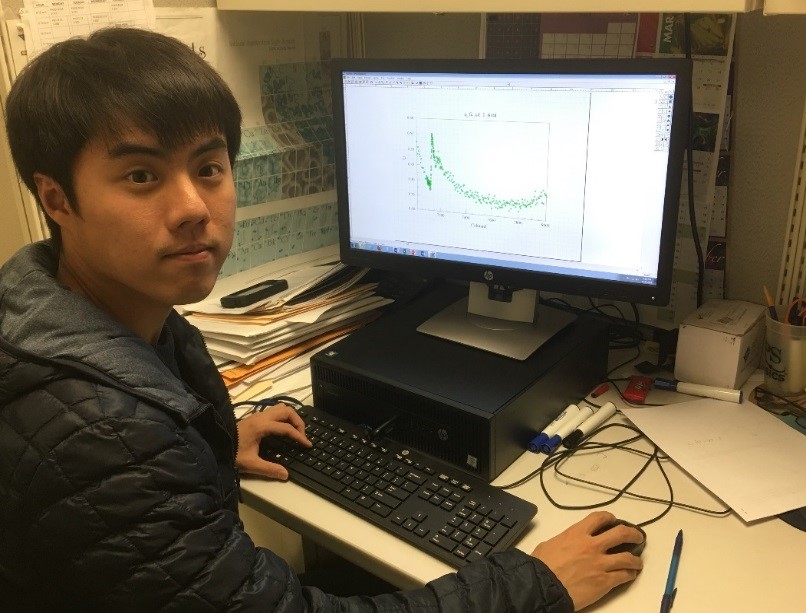
The "Latent-upload Excel file" for confirmatory factor analysis discussed in the 2017 ASEE Penn State Berks Conference Oct 6-7 is available. Interested researchers could contact Dr Dehipawala and Dr Cheung for a copy of the file. Please send a request- email to sdehipawala@qcc.cuny.edu and tcheung@qcc.cuny.edu and your request will be processed.
Dowload the ASEE Collision Matrix (XLSX) and ASEE Recoil 2 Figures extra (XLSX) files as discussed in the 2018 ASEE UDC Conference on April 6th and 7th.
Download the 2-stopper water column results PDF.
Dr. R. Taibu: Medical Physics & Physics Education Research (PER)
Dr. Rex Taibu conducts research in two areas: (1) Medical Physics with particular attention to radiation safety (health physics), and (2) Physics Education Research.
Medical Physics: Medical physics is a branch of applied physics that applies the principles and methods of physics to the field of medicine. Medical physicists work in different settings including healthcare, research, and industry where they play a huge role in ensuring the safe and effective use of various technologies related to radiation safety, medical diagnosis and treatment. There are various branches of medical physics including diagnostic medical imaging, therapeutic radiological physics, nuclear medicine, and health physics. Currently, Dr. Taibu focuses on health physics. His students learn about radiation detection, measurement, and safety through hands-on experiments and/or content analysis of medical physics textbooks.
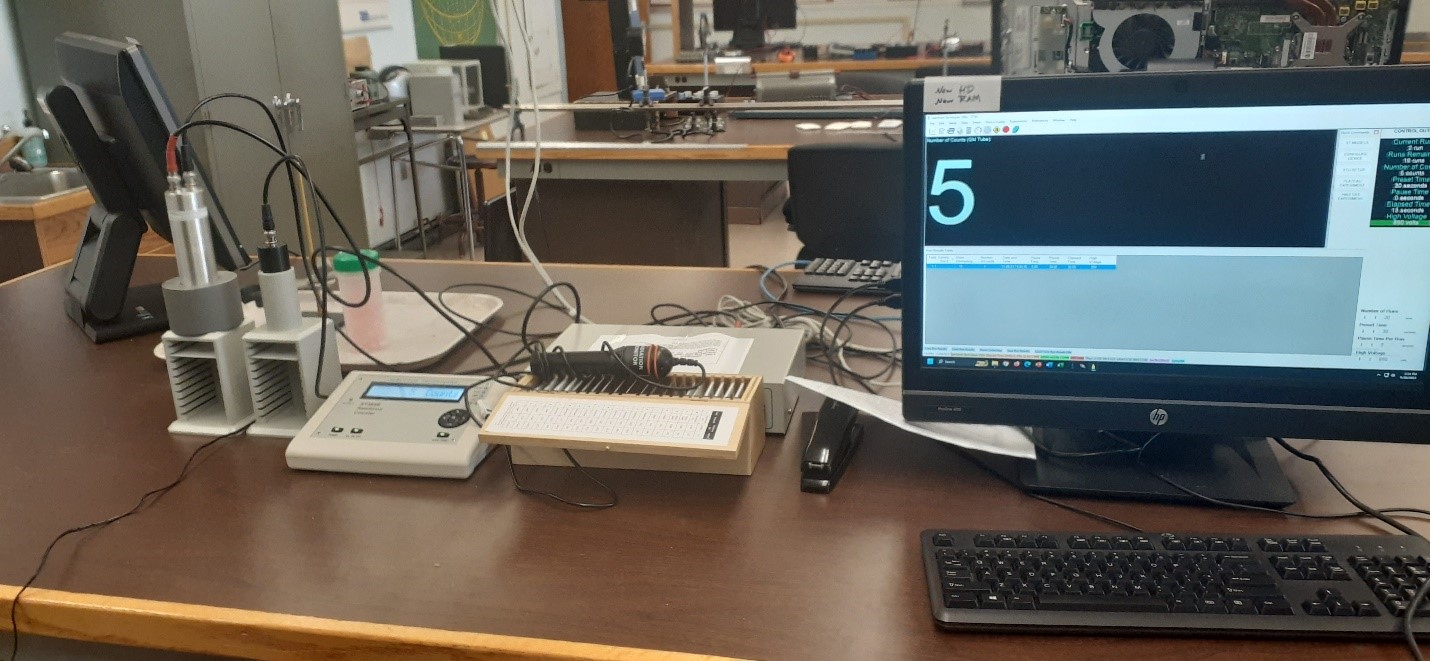
Physics Education Research: Dr. Taibu also studies the teaching and learning of Physics. Dr. Taibu has conducted cognitive studies in physics, assessment and evaluation, curriculum development and reform, teacher education and professional development, technology and multimedia in physics education, student attitudes and motivation, and gender and diversity in physics education. Currently his focus is on content analysis of physics textbooks; where he looks at presentations of troublesome concepts such as weightlessness, centrifugal force, communication of radiation risks to the public, and aerodynamic lift.
To participate in either medical physics, or physics education research, please contact Dr. Taibu at rtaibu@qcc.cuny.edu.

